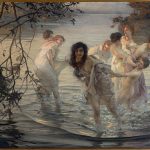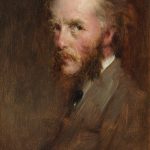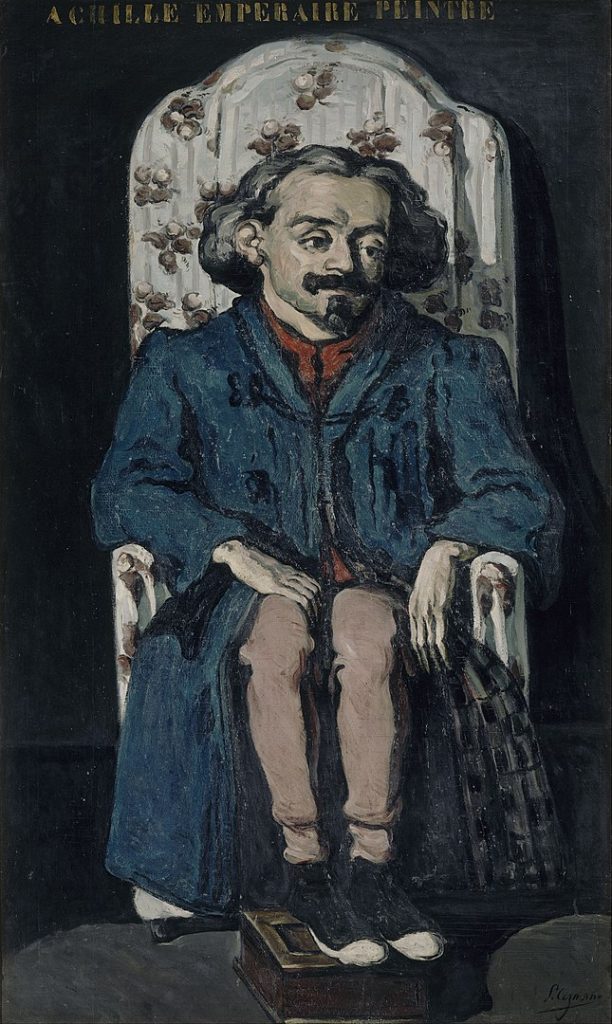
Paul Cézanne (1839–1906) was a French artist and Post-Impressionist painter whose work laid the foundations for the transition from the 19th-century conception of artistic endeavor to a new and radically different world of art in the 20th century. Cézanne’s often repetitive, exploratory brushstrokes are highly characteristic and clearly recognizable. He used planes of color and small brushstrokes that build up to form complex fields, marking the artist’s intense study of his subjects.
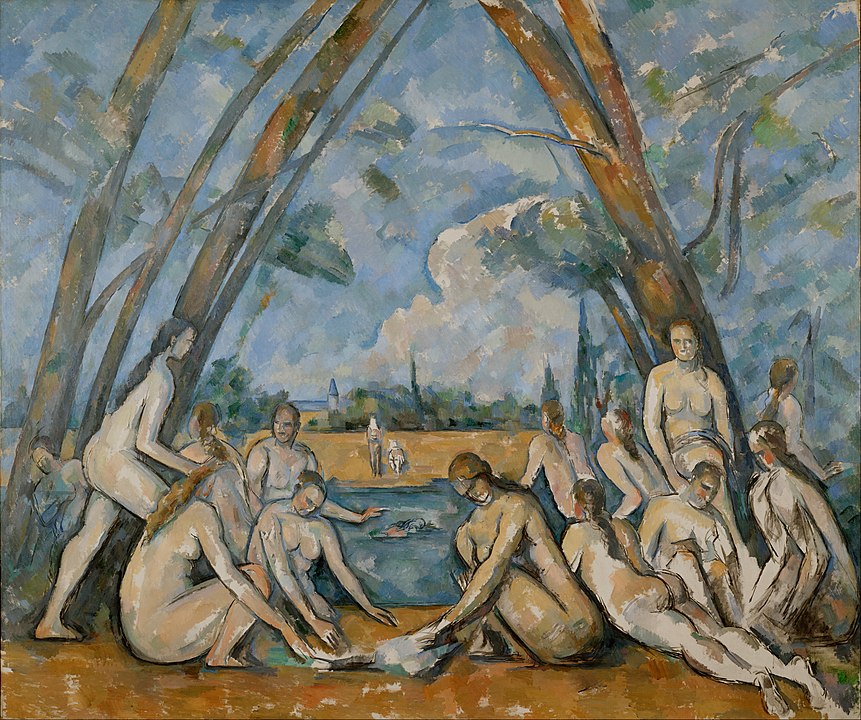
Cézanne was born in Aix-en-Provence, in the South of France, to a wealthy family. His father was a successful banker, which provided the artist with financial security that most of his contemporaries did not enjoy. This support allowed him to pursue his artistic endeavors without the same economic pressures that many of his peers faced. Despite his father’s initial opposition, Cézanne pursued his passion for art, eventually moving to Paris to immerse himself in the city’s vibrant art scene.
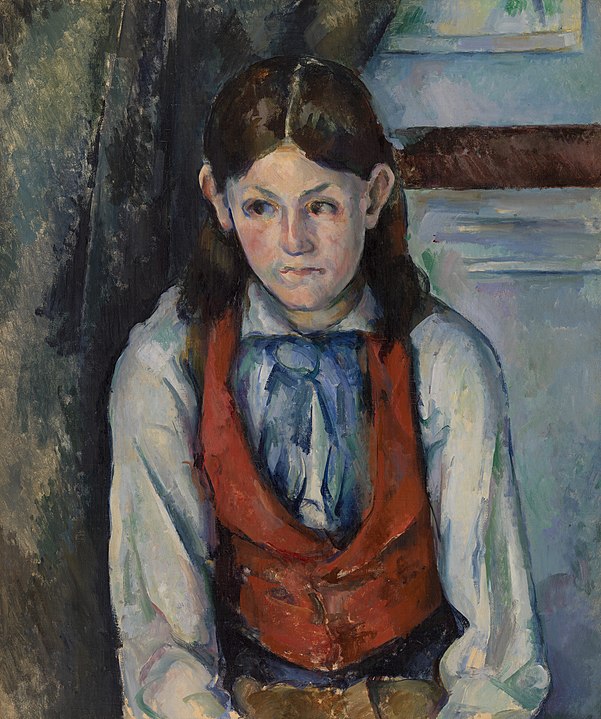
In Paris, Cézanne became associated with the Impressionists, particularly Camille Pissarro, who became a friend and mentor to the young artist. Under Pissarro’s guidance, Cézanne began to develop his unique approach to painting, characterized by a desire to capture the underlying structure of the natural world.
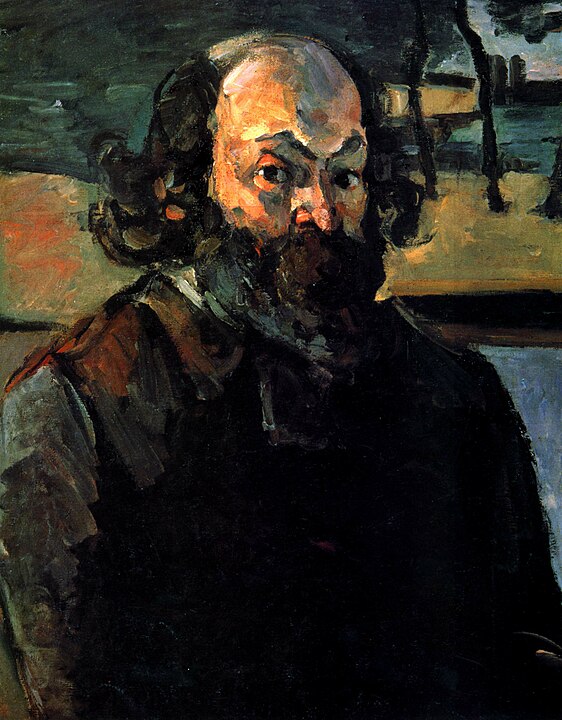
Unlike the Impressionists, who focused on the fleeting effects of light and color, Cézanne was more interested in the composition and form of his subjects, which he expressed through the use of geometric shapes and careful modulation of colors.
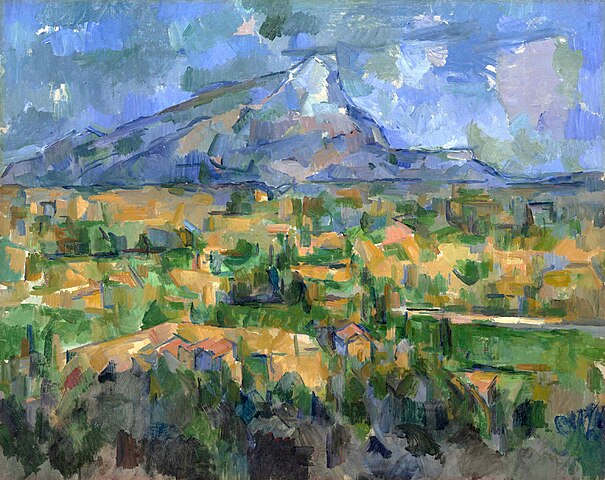
Cézanne’s work spans several phases, starting with the dark and heavy paintings of his early career, moving through his more impressionistic period influenced by his association with Pissarro, and finally arriving at his mature style, which emphasized the inherent structure of the landscape and still life subjects he preferred. His landscapes of Provence, including the iconic Mont Sainte-Victoire series, and his still life paintings, are celebrated for their radical approach to perspective and composition.
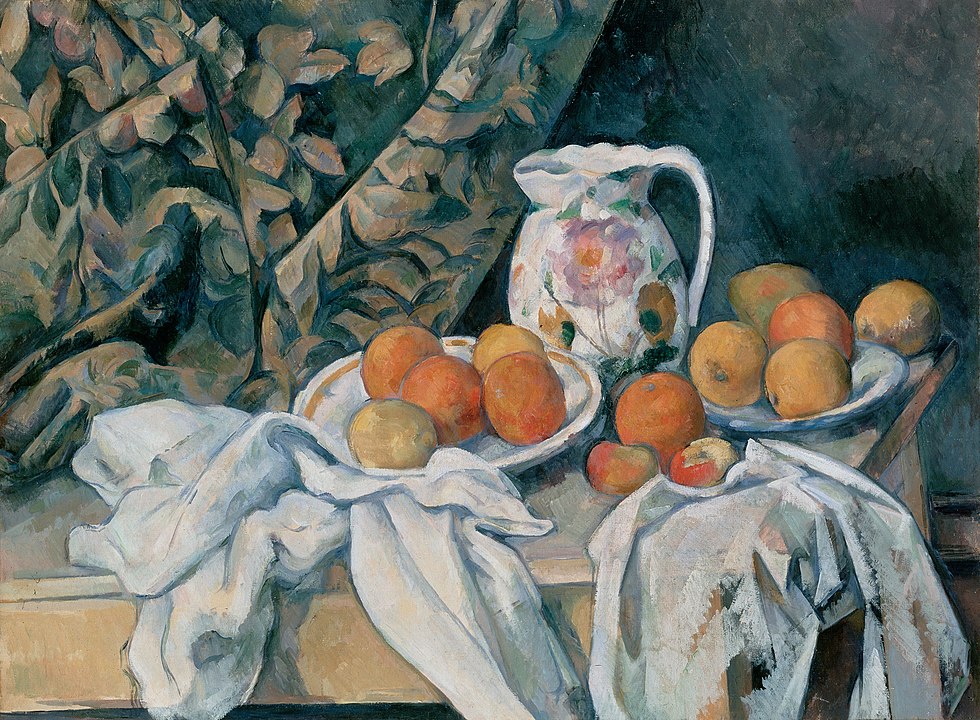
One of Cézanne’s most significant contributions to modern art was his departure from traditional methods of perspective. He sought to capture the complexity of human visual perception, where objects are seen from multiple viewpoints and not just a single, fixed position. This approach anticipated the Cubist movement, which would further explore these ideas. Artists like Pablo Picasso and Georges Braque recognized Cézanne’s influence, famously calling him “the father of us all.”
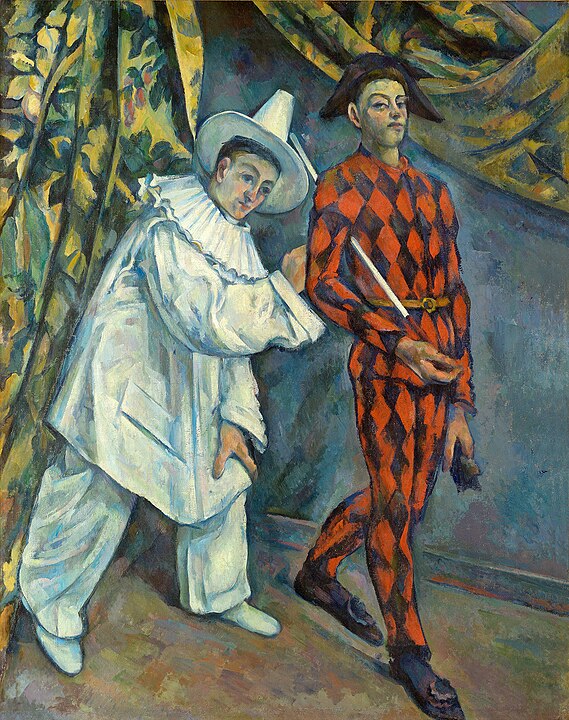
Despite his influence on future generations, Cézanne was not widely recognized during his lifetime. He was a notoriously private individual, preferring the solitude of his studio or the landscapes of Provence to the bustling art scene in Paris. His work received little public acclaim until late in his career, and he was known to be deeply hurt by the initial rejection of his art by the critical establishment. However, by the end of his life, Cézanne’s significance began to be recognized by a younger generation of artists and critics, setting the stage for his posthumous fame.
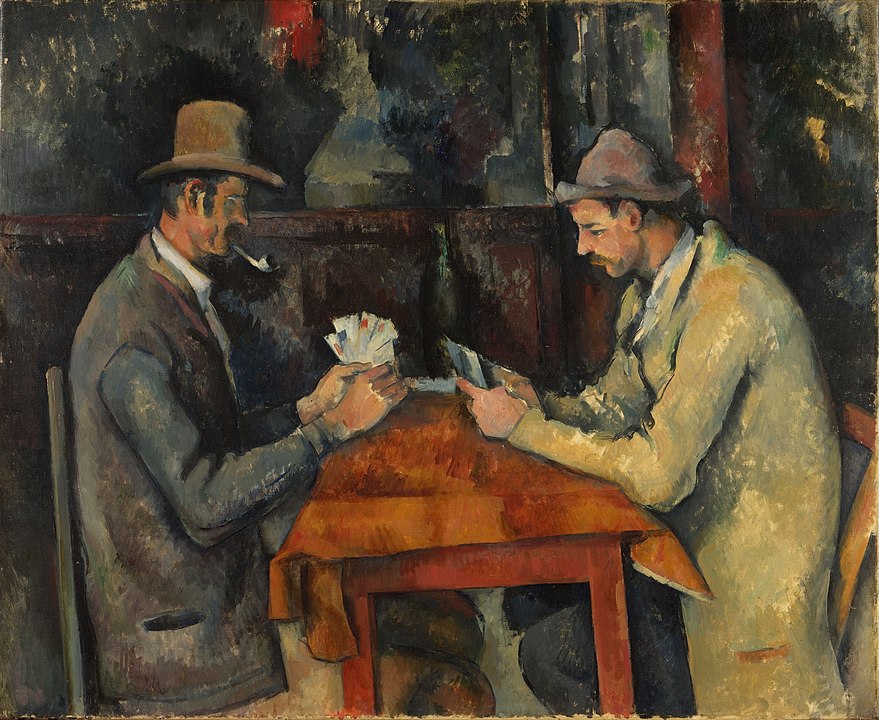
Cézanne’s exploration of color, form, and spatial relationships challenged conventional notions of painting in the 19th century and opened the door to abstract art in the 20th century. His assertion that art is a harmony parallel to nature influenced countless artists, and his work remains a pivotal reference point for many movements that followed, including Fauvism, Cubism, and Abstract Expressionism.
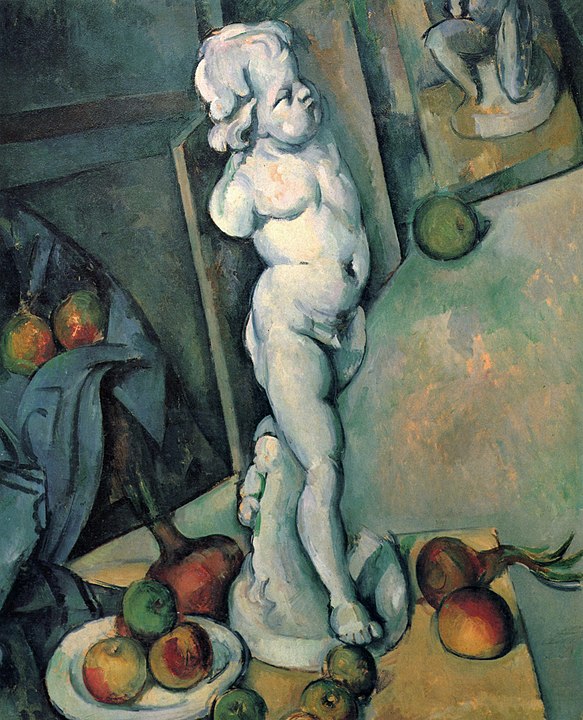
In his personal life, Cézanne was known to be a complex character—passionate about his work, yet reclusive and prone to bouts of depression. He maintained a close but tumultuous relationship with his lifelong companion, Hortense Fiquet, whom he married late in life, and their son, Paul. Cézanne’s dedication to his art was unwavering, and he continued to paint until his death, leaving behind a body of work that continues to inspire and challenge artists and art lovers alike.
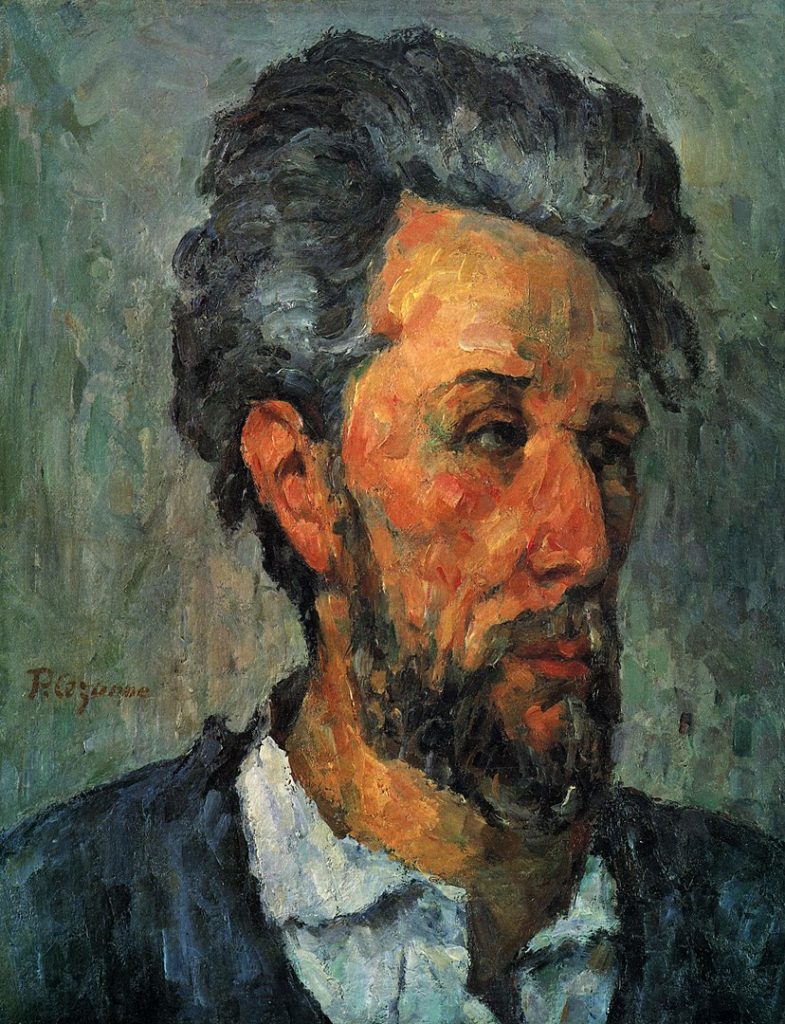
Paul Cézanne’s legacy is that of a visionary who bridged the gap between the Impressionist movement of the 19th century and the radical innovations of 20th-century art. Through his relentless examination of the natural world and his innovative approach to visual perception, Cézanne not only transformed the landscape of modern art but also altered the way we understand the act of painting itself. His work invites viewers to see the world anew, through the eyes of an artist deeply committed to capturing the essence of his subjects, transcending their immediate appearance to reveal the enduring structures and patterns that lie beneath.

